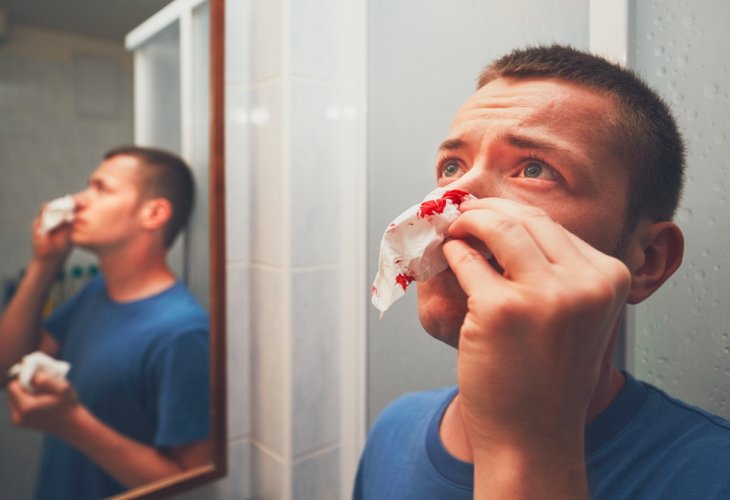Health and Nutrition
How to Stop a Nosebleed Safely: Expert Tips You Need to Know
Learn the correct steps to treat a nosebleed at home, what to avoid, and when to seek medical help
 (Photo: shutterstock)
(Photo: shutterstock)Nosebleeds can happen for many reasons, but the most common cause — especially in children, is a condition known as epistaxis. While it can look alarming, most nosebleeds can be stopped at home with just a few simple steps.
Here’s what you should and shouldn’t do when dealing with a nosebleed:
What Not to Do
Do not tilt your head backward. This common mistake can be dangerous. Tilting your head back causes blood to flow into your throat, where it may enter the digestive tract or even the airway, leading to nausea, choking, or aspiration.
What You Should Do
Lean slightly forward.
This prevents blood from going down the throat and helps you monitor the flow.Pinch the soft part of your nose.
Use your thumb and index finger to gently squeeze the sides of the nose (just below the bone) for about 5 minutes, or until the bleeding stops.Apply a cold compress.
You can place a cold pack or some ice on the bridge of the nose. This isn’t required, but it may help constrict blood vessels and slow the bleeding.Rest after the bleeding stops.
Avoid any strenuous physical activity for at least two hours after the nosebleed to prevent re-bleeding.
When to See a Doctor
If the bleeding doesn’t stop after 10–15 minutes of direct pressure, or if nosebleeds occur frequently, it’s important to seek medical attention to rule out underlying issues.
Disclaimer: This article is for informational purposes only and is not a substitute for professional medical advice or treatment. Always consult with a healthcare provider for any health concerns.

